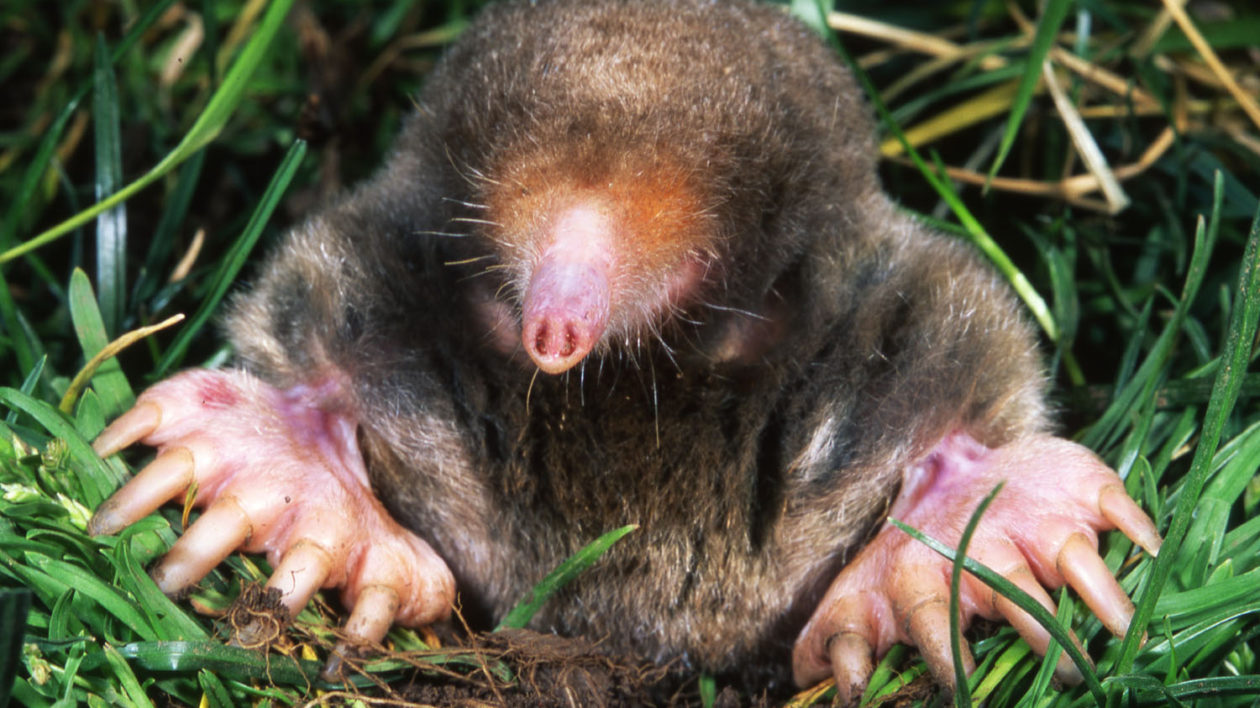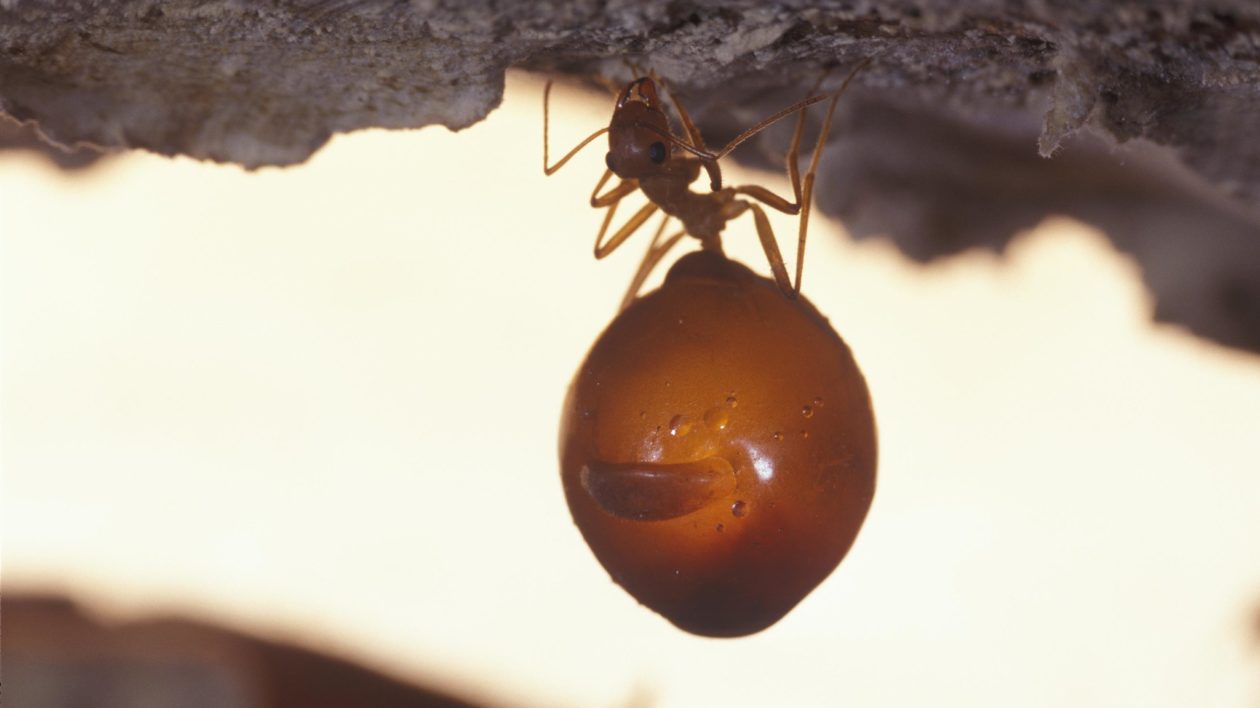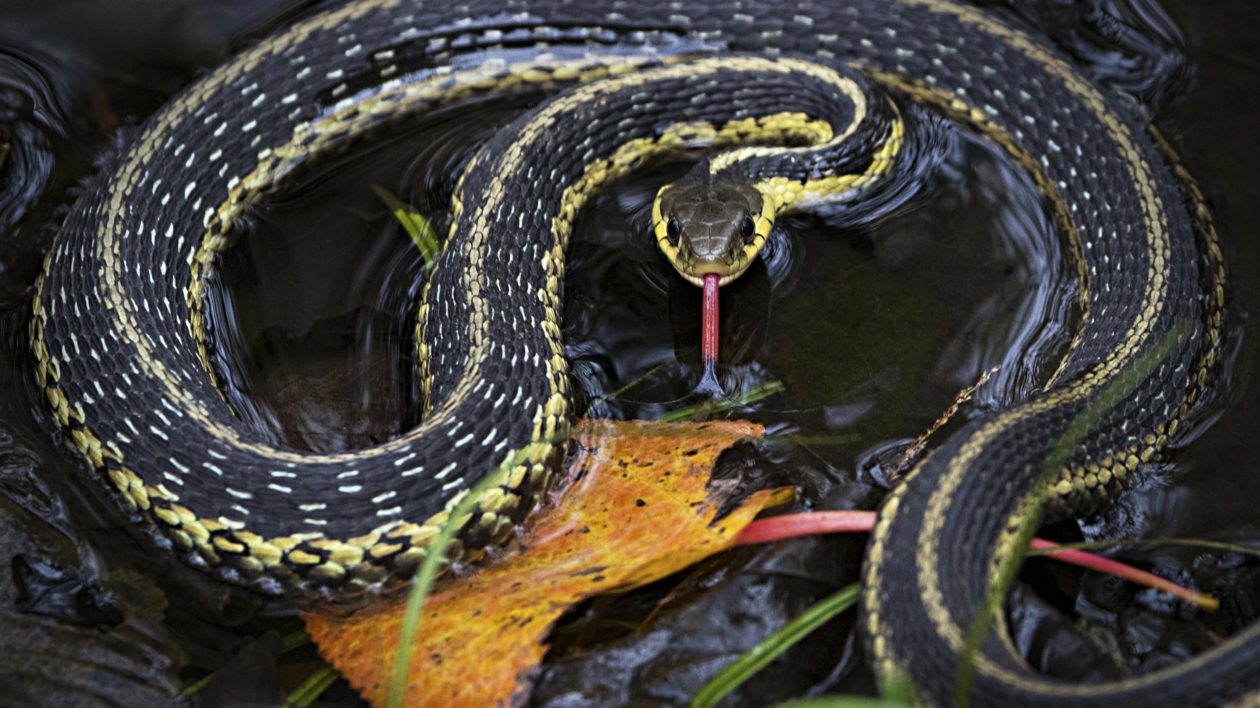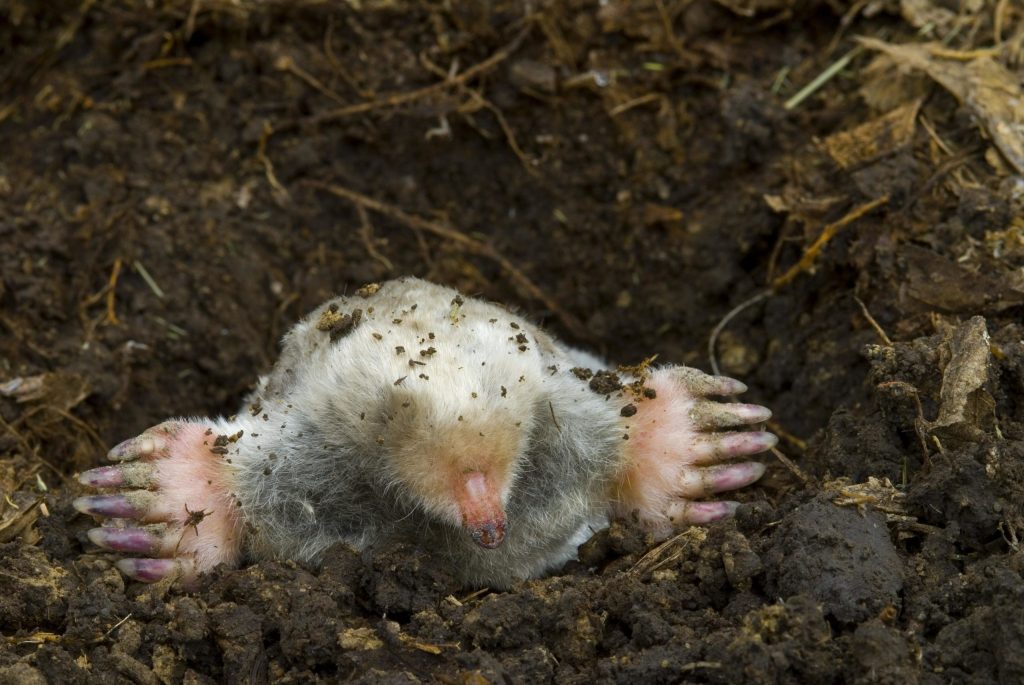For one week each fall, in between bouts of watching football, harvesting the garden or cleaning up all those fallen leaves, hundreds of thousands of people deliberate on some really fat bears.
That’s right. You’ve likely heard of Fat Bear Week, an unusual contest started in 2014 by rangers at Alaska’s Katmai National Park. If you haven’t, it’s when rangers post pictures and videos of the biggest – ahem – fattest bears in the Brooks River and ask people from around the world to vote.
This year’s winner was pretty clear, in my opinion. Aptly named Bear 747, his belly nearly touched the ground.
His bio (yes, they have bios) says he was first identified in 2004 and has “grown to become one of the most dominant bears at Brooks Falls.” In Sept. 2019 – a full year before he was crowned the fattest – biologists estimated 747 weighed more than 1,400 pounds.
“Although dominant bears can maintain their rank in the hierarchy through aggression, 747 typically keeps his status by sheer size alone,” states his description on Fat Bear Week’s host site Explore.org. “Most bears recognize they cannot compete with him physically and they yield space upon his approach.”
The annual ritual of plopping in a river and devouring passing salmon is an evolutionary necessity for brown bears in places like coastal Alaska. It’s how they prepare for a long winter hibernation where their bodies are able to heal themselves and lose surprisingly little muscle mass.
But brown and black bears aren’t the only ones known for stocking up for winter.
Plenty of other species have their own version of hoarding, from storing food to physiologically changing.
Now that Fat Bear Week is over, and we are also contemplating our freezers and pantries, here’s a handful of other compelling winter-preparation adaptations.

The eastern American mole (Scalopus aquaticus linnacus) showing the large forelimbs used to excavate tunnels. © Kenneth Catania, Vanderbilt University / Wikimedia Commons
Moles
You’ll find few people who are fond of moles. Most information available addresses not their natural history but how to get rid of them.
Most people think they’re rodents, but moles are actually insectivores, eating up to 100 percent of their body weight in food a day. The creatures are nearly blind and live almost entirely underground where they spend their days chasing insect vibrations looking for food. They leave confounding mazes of tunnels pushed up everywhere they go.
Open their stomachs, and you’ll find a diet primarily of earthworms, says Timothy Gibb, an entomology professor at Purdue University.
Unlike some underground critters like prairie dogs, moles don’t hibernate. They continue to be active throughout the winter but tunnel deeper, below the soil frost line and produce only occasional piles of dirt above ground.
But as they prepare for a long winter with fewer living food options, moles – as well as shrews — can keep their prey in special storage tunnels until they need a meal, Gibb says.
Researchers believe that mole salivary toxins allow them to immobilize earthworms, and stockpile them – alive. One report from the Mammal Society documented such a food pantry with about 470 semi-paralyzed earthworms replete with tiny mole bitemarks.

Honey ants
Most insects have adapted to harsh winters not by stockpiling food, but by either migrating away from the cold or leaving behind freeze resistant eggs or queens. It’s much less about survival of an individual and much more about propagation of the species.
Honey ants, on the other hand, function much more like the eponymous honey bees, Gibb says.
The ants spend much of the fall gathering a sticky substance called honeydew. While it sounds lovely, honeydew is actually an attractive name for a sugary by-product aphids and scale insects excrete from their behinds after sucking sap from plants.
The ants collect that honeydew, take it back to their colonies and feed it to designated ants called “repletes.” Overtime, abdomens on the repletes swell to many times their normal size.
But wait, it gets better.
The repletes are hung upside down from the ceiling throughout the winter like living storage containers. When food runs low, repletes are urged to regurgitate their honeydew for the colony’s collective enjoyment.

Chickadees
Caching food isn’t an uncommon technique in the animal world. Squirrels store so many nuts around a forest that, in some places, it’s actually causing entire forest systems to change.
A creature’s tendency to store nuts or seeds — then forget that clever location – has become a reproduction method for some plant species. Forests shouldn’t rely too much on black-capped chickadees, however.
These little songbirds are remarkably faithful to their hundreds of sites in trees or underground.
How do they remember all those places?
Their brains grow.
The hippocampus of the chickadee’s brain increases around October, replacing old neurons with new ones, world-renowned researchers Anat Barnea and Fernando Nottebohm first published nearly 30 years ago.
Their research compared brains of wild chickadees to those in captivity. The ones in captivity – given as much food as they could want – replaced neurons at a far slower pace than the ones in the wild.
In order to remember where they cached all their food something that varies winter by winter, chickadees, “have evolved the mechanism of a featherweight brain that turns over easily,” wrote the New York Times, “discarding what no longer applies and bringing in a fresh batch of impressionable brain cells.”
By spring, their brains have shrunk back down, no longer needing quite as much space to remember all those stashes.

Reptiles
All the creatures on this list, and most critters in general that survive winters in harsh places, somehow stock up on food before winter.
But for reptiles, eating right before brumation – we’ll explain that one in a minute – can actually kill them.
Reptiles are cold blooded and require heat to help them metabolize. That means if they have food in their stomachs when they head underground to wait out the cold, that food will putrefy and rot.
We probably don’t need to explain what happens when food rots in a creature’s belly. It’s not good.
Reptiles in areas where temperatures plummet stop eating well before it’s time to retreat underground, under a rock or in some other protected cavity.
There they go into brumation – a sluggish period when they rarely move but aren’t actually hibernating. Their bodies slow to the point they don’t require food or energy to stay alive. They do, however, still need warmth, which is why snakes often cast aside their normal solitary ways to curl up with one another in a ball, staying warm and (relatively) cozy until spring.




The part of science that fascinates me the most. Adaptive animal behaviour. Incredible, instinctive behaviours passed on through millions of generations. Thanks again for the shock and awe.